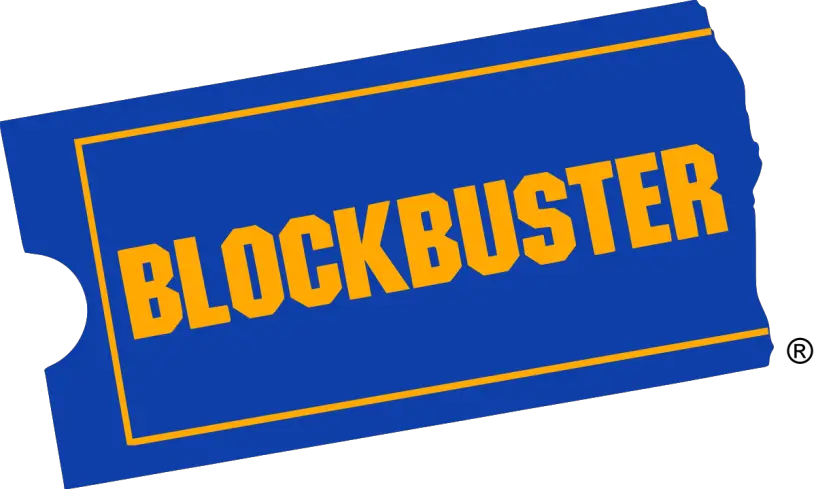By The TV Answer Man team
TV Answer Man, I wish Blockbuster Video and all video stores were still around. It’s nearly impossible to get a 4K disc without paying an arm and a leg and now Netflix has closed its DVD business. I know a lot of people would still go to Blockbuster if it was still in business. Why did Blockbuster go out of business? We loved it! — Christie, Carson City, Nevada.
Christie, many disc enthusiasts are lamenting the lack of a neighborhood Blockbuster Video store these days. Netflix last week shipped its last DVD-by-mail, closing the business after 27 years. Now consumers who prefer hard media’s picture and reliability over streaming have only Redbox as a major rental option and that company has been rapidly reducing its number of kiosks. Redbox now has 29,000 kiosks compared to 41,000 just five years ago. It also doesn’t help that 4K Blu-ray discs normally cost more than $20.
So why did Blockbuster Video go out of business? Wouldn’t the company do well in the current environment? In the not-so-distant past, Blockbuster Video stores were a ubiquitous sight on street corners and in shopping centers across the globe. The blue and yellow signage was a symbol of movie nights and entertainment for millions of people. However, the once-mighty Blockbuster empire crumbled, filing for bankruptcy in 2010 and closing its remaining company-owned stores by 2013.
The Digital Revolution
The emergence of digital technology transformed the way people consumed media. Streaming services like Netflix, Hulu, and later Amazon Prime and Disney+, allowed viewers to instantly access a vast library of movies and TV shows from the comfort of their homes. This shift rendered Blockbuster’s brick-and-mortar rental model obsolete. Customers no longer needed to leave their homes, drive to a store, and browse shelves when they could stream the latest releases with just a few clicks.
Convenience Trumps All
The rise of on-demand streaming offered unparalleled convenience. Viewers could watch what they wanted, when they wanted, and on the device of their choice. This level of flexibility was something traditional rental stores couldn’t compete with. Blockbuster’s late entry into the online DVD rental market, with a service similar to Netflix’s, couldn’t undo the damage already inflicted by the digital revolution.
Financial Challenges
Maintaining a vast network of physical stores and managing inventory required significant financial resources. Blockbuster faced immense challenges in keeping up with the digital streaming platforms, which operated with lower overhead costs. The debt incurred from previous business decisions and the inability to adapt quickly to the changing market dynamics exacerbated Blockbuster’s financial woes.
Failure to Innovate
While Blockbuster did make attempts to innovate, such as introducing DVD-by-mail services and kiosks for DVD rentals, these efforts were not enough to counter the rapidly evolving digital landscape. Unlike its competitors, Blockbuster failed to foresee the potential of online streaming and adapt its business model accordingly.
Licensing and Content Costs
Streaming services had the advantage of negotiating direct licensing agreements with content creators, allowing them to offer a wide array of movies and TV shows to their subscribers. Blockbuster, on the other hand, had to purchase physical copies of movies, incurring significant costs. This disparity in procurement methods further widened the gap between Blockbuster and its digital counterparts.
Conclusion
The fall of Blockbuster serves as a cautionary tale about the importance of innovation, adaptability, and staying ahead of industry trends. While Blockbuster was once the epitome of home entertainment, its failure to pivot in the face of digital disruption led to its eventual demise.
Have a question about new TV technologies? Send it to The TV Answer Man at swann@tvanswerman.com Please include your first name and hometown in your message.



I can still get DVD’s whenever I want. I get them from my local public library. I can keep them for 2 weeks at no charge. My tax dollars at work. Yes!!!